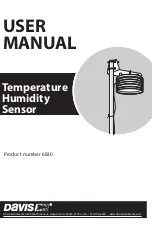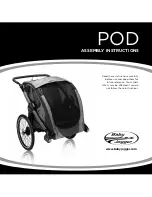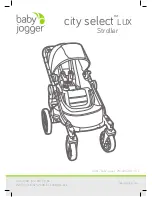
APPENDIX B
pg. 43
1212 & 1212P Manual - Sep 2019
APPENDIX B
EN 13849 COMPLIANCE, CURTIS 1212P CONTROLLER
Since January 1, 2012, conformance to the European Machinery Directive has required that the Safety
Related Parts of the Control System (SRPCS) be designed and verified upon the general principles
outlined in EN13849. EN13849 supersedes the EN954 standard and expands upon it by requiring
the determination of the safety Performance Level (PL) as a function of Designated Architecture
plus Mean Time To Dangerous Failure (MTTFd), Common Cause Faults (CCF), and Diagnostic
Coverage (DC). These figures are used by the OEM to calculate the overall PL for each of the safety
functions of their vehicle or machine.
The OEM must determine the hazards that are applicable to their vehicle design, operation, and
environment. Standards such as EN13849-1 provide guidelines that must be followed in order to
achieve compliance. Some industries have developed further standards (called type-C standards) that
refer to EN13849 and specifically outline the path to regulatory compliance. EN1175-1 is a type-C
standard for battery-powered industrial trucks. Following a type-C standard provides a presumption
of conformity to the Machinery Directive.
Curtis 1212P controllers comply with these directives using basic “watchdog” test circuits; see the
simplified block diagram in Figure B-1.
Figure B-1
Safety channel block diagram,
Curtis 1212P controller.
To mitigate the hazards typically found in machine operations, EN13849 requires that safety
functions be defined; these must include all the input, logic, outputs, and power circuits that are
involved in any potentially hazardous operation. Three safety functions are defined for the Curtis
1212P controller: (1) crushing due to unintended or uncontrolled movement; (2) crushing through
loss of STO/braking; and (3) loss of stability from excessive speeds, as specified by vehicle limits.






































